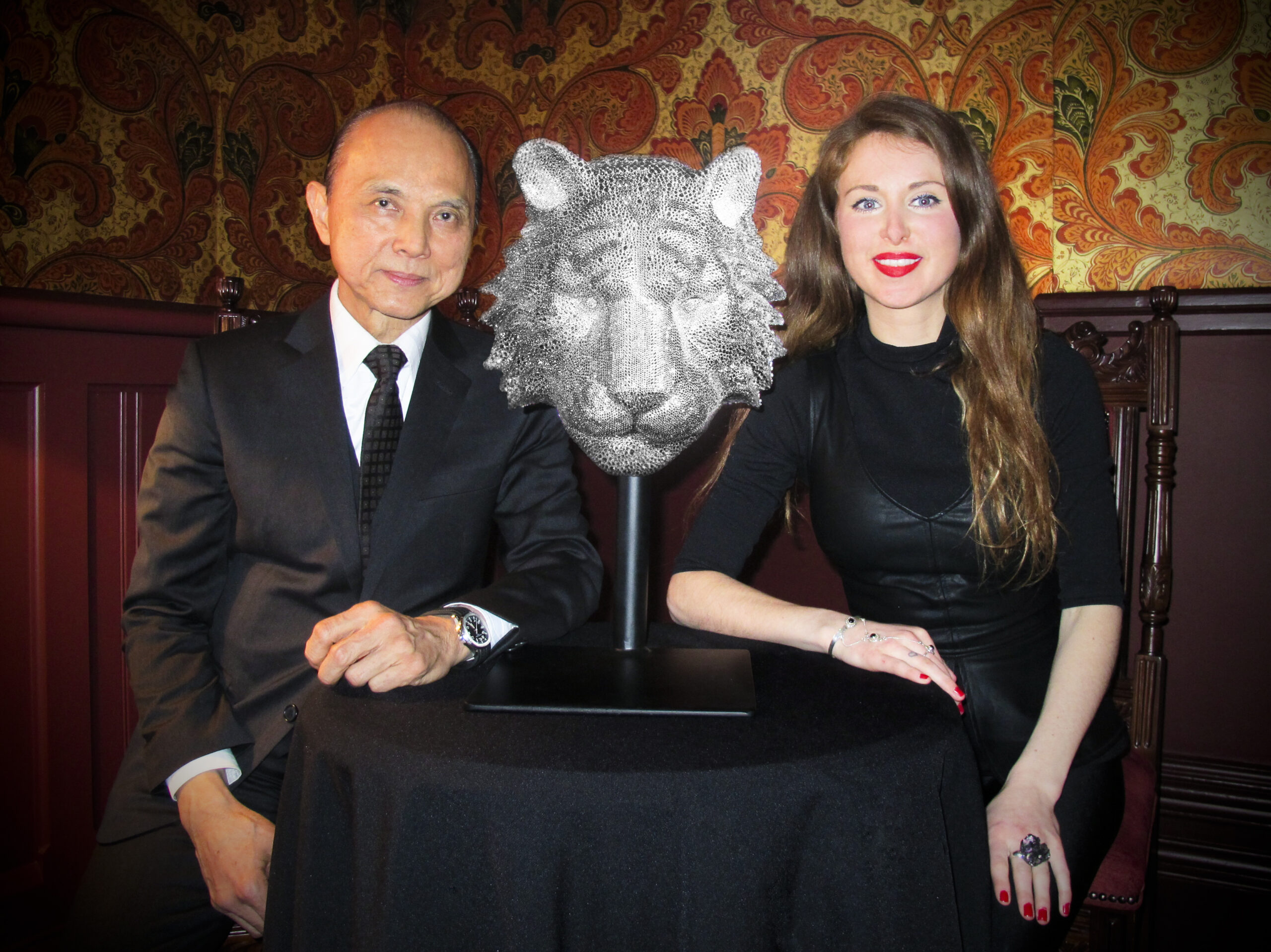Dan Graham (b. 1942 in Urbana, Illinois, lives and works in New York City) is one of the most important artists of his generation. In his manifold works reaching from drawing, photography, performance, video and sculptural installations, he has been investigating the complex connections between city, architecture, perception, interaction and the underlying social conditions.
The exhibition Urbanism shows Graham’s photographic works he has executed from the 1960s on, when he first came to New York City and also in nearby New Jersey, showing buildings dating from the early 19th century. These pictures are demonstratively ‘artless’ and focus the viewer’s attention on their content alone. The composition of the pictures plays with the prosaic structures of Minimal Art. Dan Graham demonstrates how these minimalist structures recur in everyday life, but are subsequently charged with social content. The spectrum reaches from mirrored office high-rises to serial housing developments with décor, kitsch and references to history being part of it. Dan Graham takes Conceptual and Minimal Art from its usual context of the white cube and the desert and introduces it as integral part of cities and suburbia, shopping malls and living rooms.
Two videos complement the exhibition: Westkunst – Die Kultur als Gegenstand der Kunst (Western Art – culture as subject of art) of 1981, an essay on film about cities and suburbs, advertising and television, with music by Glenn Branca. The other film, Dia Center (1992), takes Dan Graham’s pavilion on the Dia Foundation’s roof in New York as a starting point and reflects nature, urbanity and the corporate atriums of New York office buildings that became popular in the 1980s.
In the exhibition Skyscraping, German artist David Hahlbrock (b. 1980 in Koblenz) shows conceptual works that reveal the connections between architecture, technology, nature, society and art. The artist takes existing situations and artifacts and puts them, by way of technical manipulation, into new contexts. The video installations, collages, architectural models, photographs and sculptures scrutinize existing organizational structures and reference poetic constructions of our world in an associative and humorous way.
The work Skyscraping is based on an aerial view taken by Alfred Nobel with a model rocket. The collage shows a village at the end of the 19th century with a high-rise building constructed from what must have been once a one-story house. In the video installation On Architecture, Hahlbrock paraphrases an historic etching taken from an 18th century economic encyclopedia into an allegory of modern architecture by way of animated colorations and digital montages. The video is projected on an area leaning on a wall. A Possible Forest consists of found tree crotches that Hahlbrock algorithmically put together. It alludes to the ambivalence of prevailing definitions of nature and culture. The sculptural ensemble For the Early Pioneers of Human Flight is a monument for the first passengers of a Montgolfier Balloon: a rooster, a duck and a sheep. In a separate room, the video installation Berlin Alexanderplatz, 27.07.2011, 11:38, a collaboration of David Hahlbrock and Robert Olawuyi, is projected on a curved screen. This documentary video is intended to be an experiment about the influence of the technical image on our perception and shows a very slow circular drive around the Fountain of International Friendship.




 Saving...
Saving...
2 Comments
Add Yours[…] Read the rest here: Dan Graham and David Hahlbrock at Johnen Galerie : The Art … […]
[…] more here: Dan Graham and David Hahlbrock at Johnen Galerie : The Art … This entry was posted in Bez kategorii and tagged david-hahlbrock, generation, graham, […]